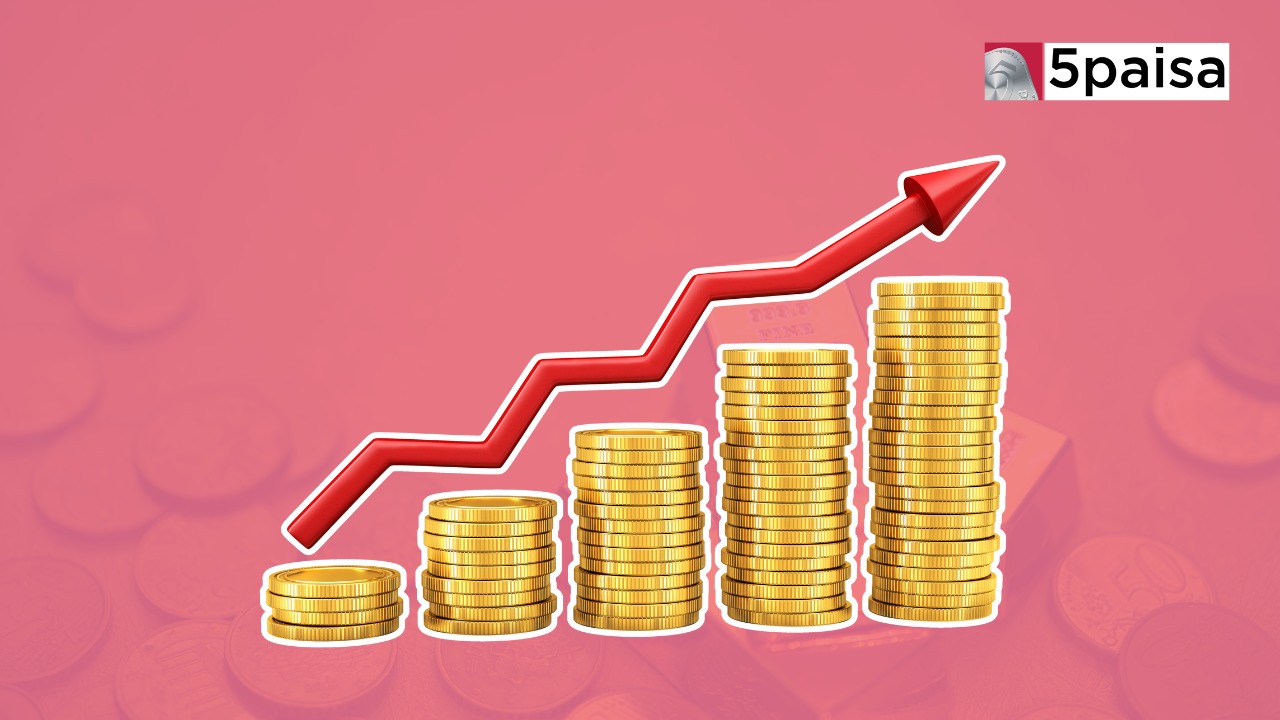Menthaoil Price
iThe current values are delayed, open demat account for live values.
Menthaoil Spot Price
Performance
Day Range
- Low 920
- High 924.9
|
Open Price |
924.8 |
|
Previous Close |
921 |
Menthaoil FAQs
What is the price of Menthaoil Today?
The Price of Menthaoil in MCX is 920.00.
How to Trade in Menthaoil?
Open Demat Account with 5Paisa to trade in Menthaoil.
What is Menthaoil?
Menthaoil is essential oil derived from mint plants, used in flavoring and aromatherapy.
Which countries buy Mentha oil?
India exports most of its mentha oil to the United States, France, and China, making it the world's second-largest exporter of mentha oil.
Why are Mentha Oil prices rising?
Mentha oil prices are highly volatile and depend on supply and demand in the market. India has been a major export centre for mentha oil and its derivatives for several years, exposing exporters to high price volatility.
What is mentha oil used for?
Mentha oil and its derivatives are widely used in the food, pharmaceutical, perfume, and flavour industries.
Which country produces the most mint?
Some species are generally used in herbal medicine. There are two types of mint commercially available: peppermint and spearmint. Currently, there are three main mint-producing countries:
USA, India, and China. The USA is the leader in peppermint oil production (70% of global production)
What is the right time to invest in Mentha Oil?
It is a very demanding product worldwide. You can invest in it anytime when you are willing to.




.png)


.jpg)